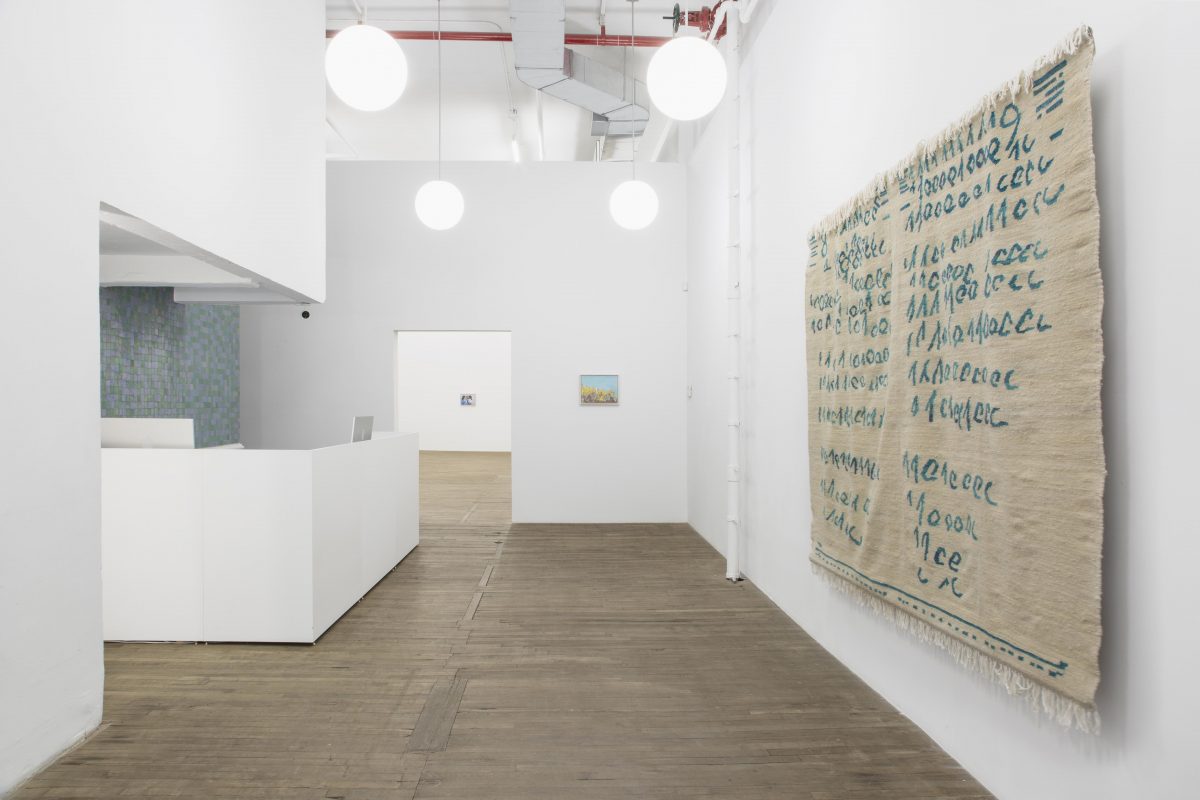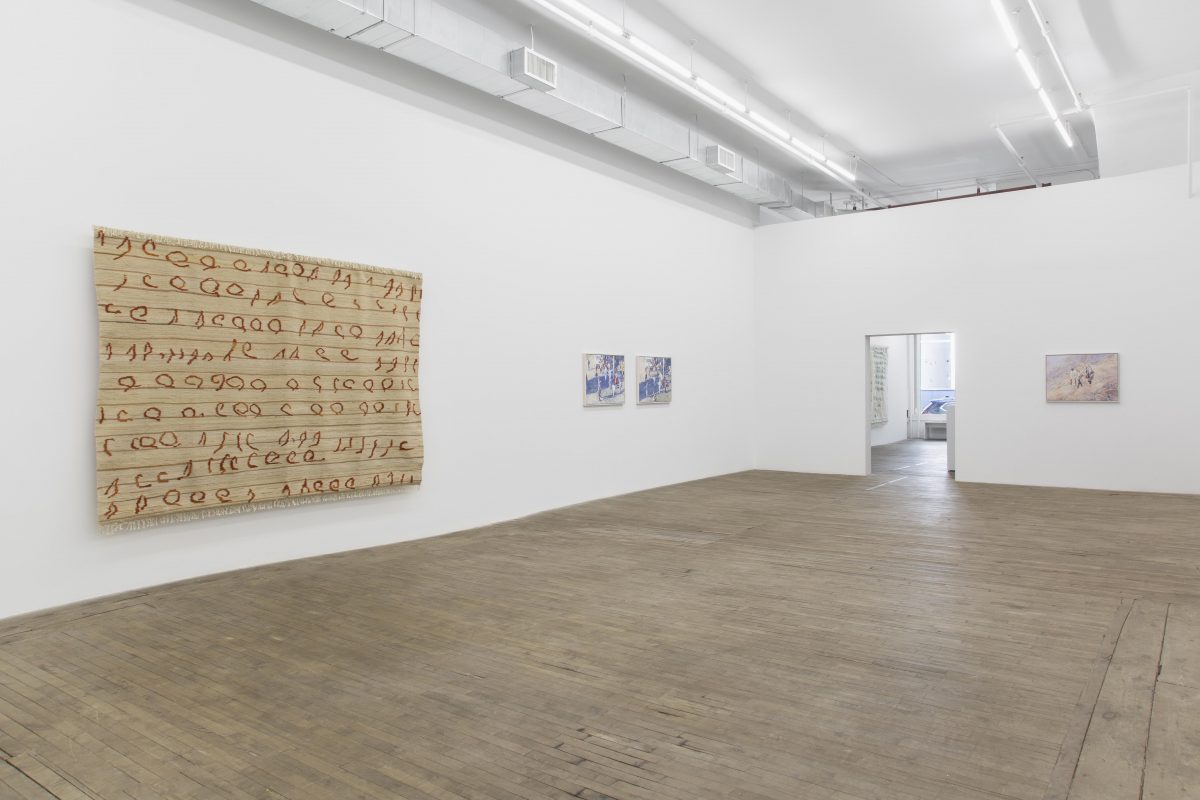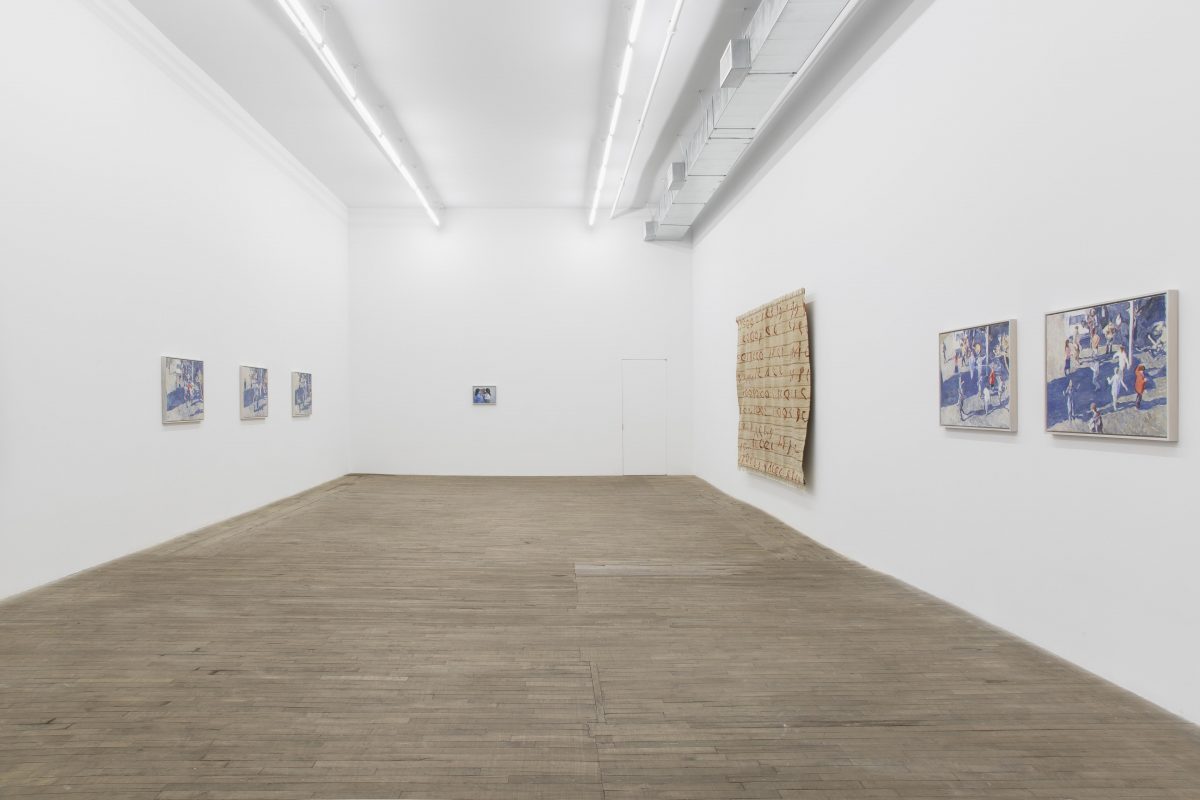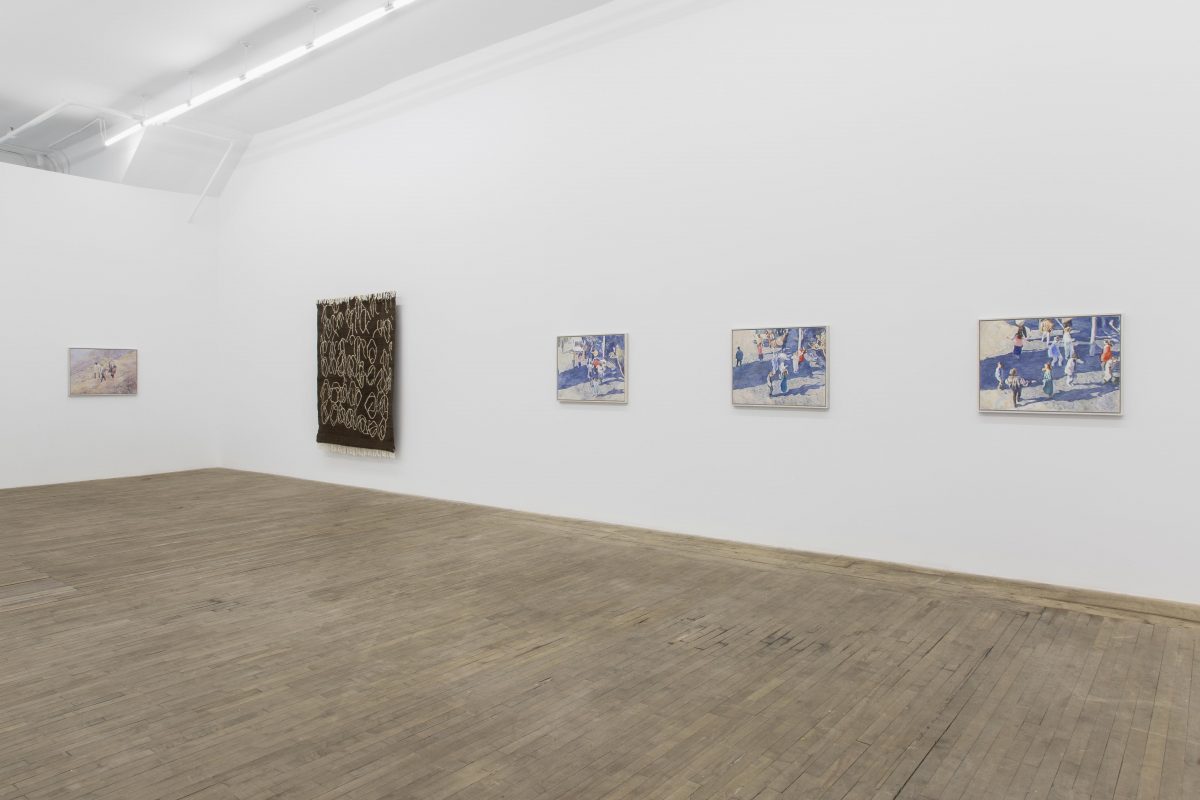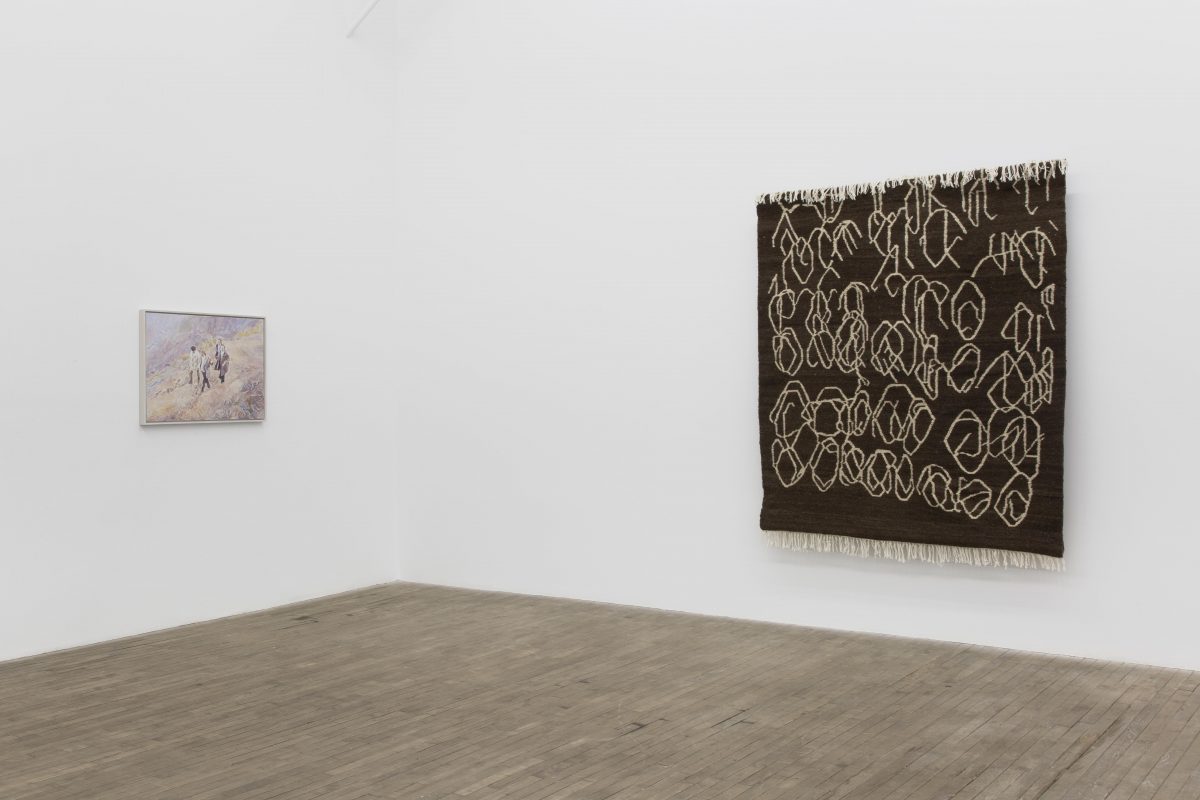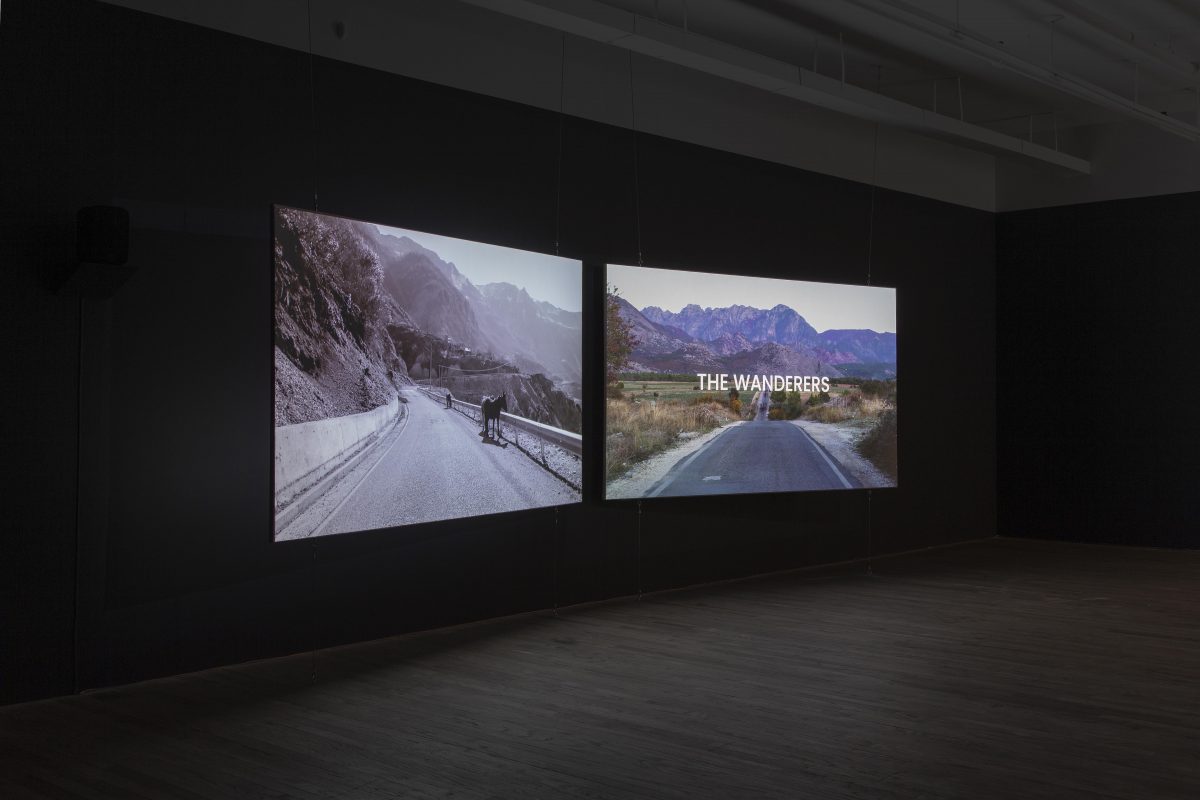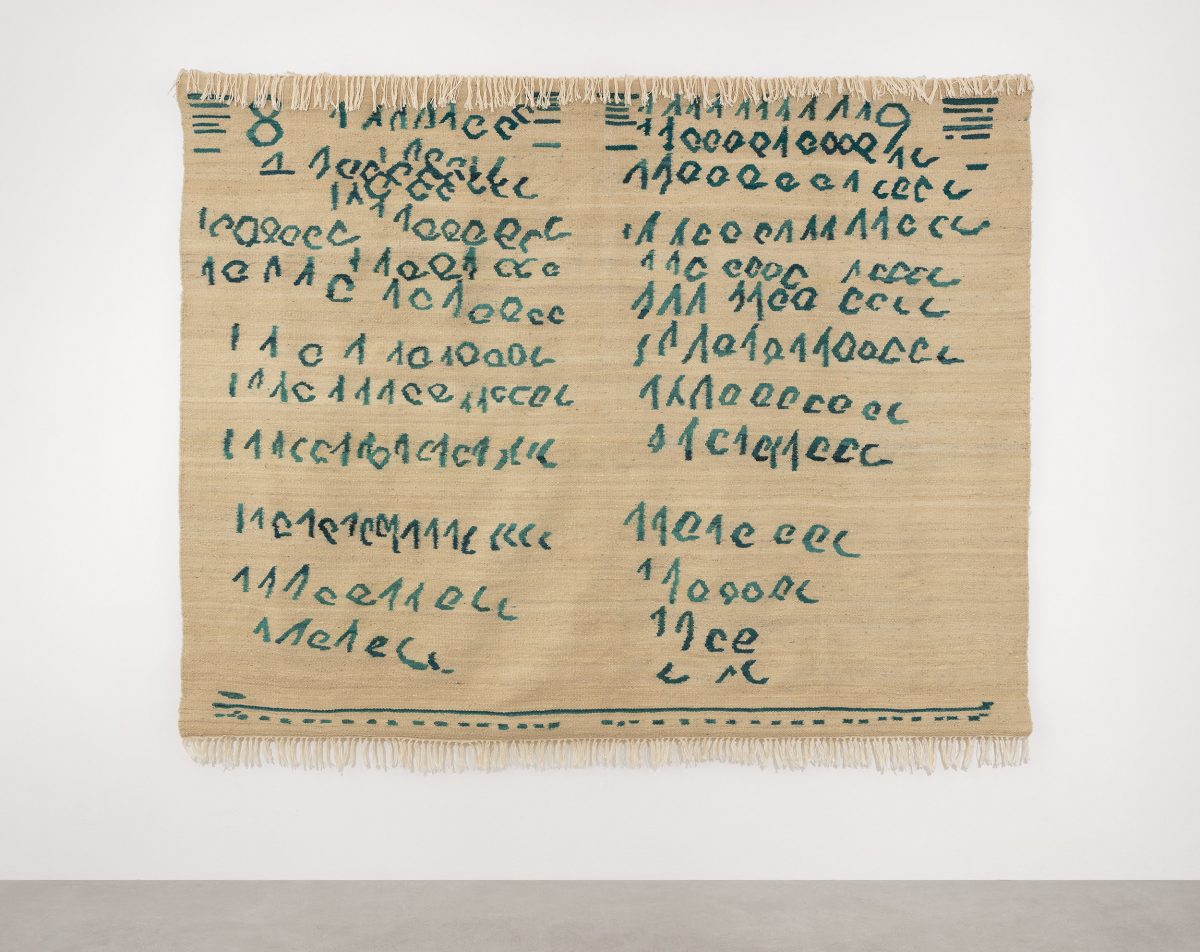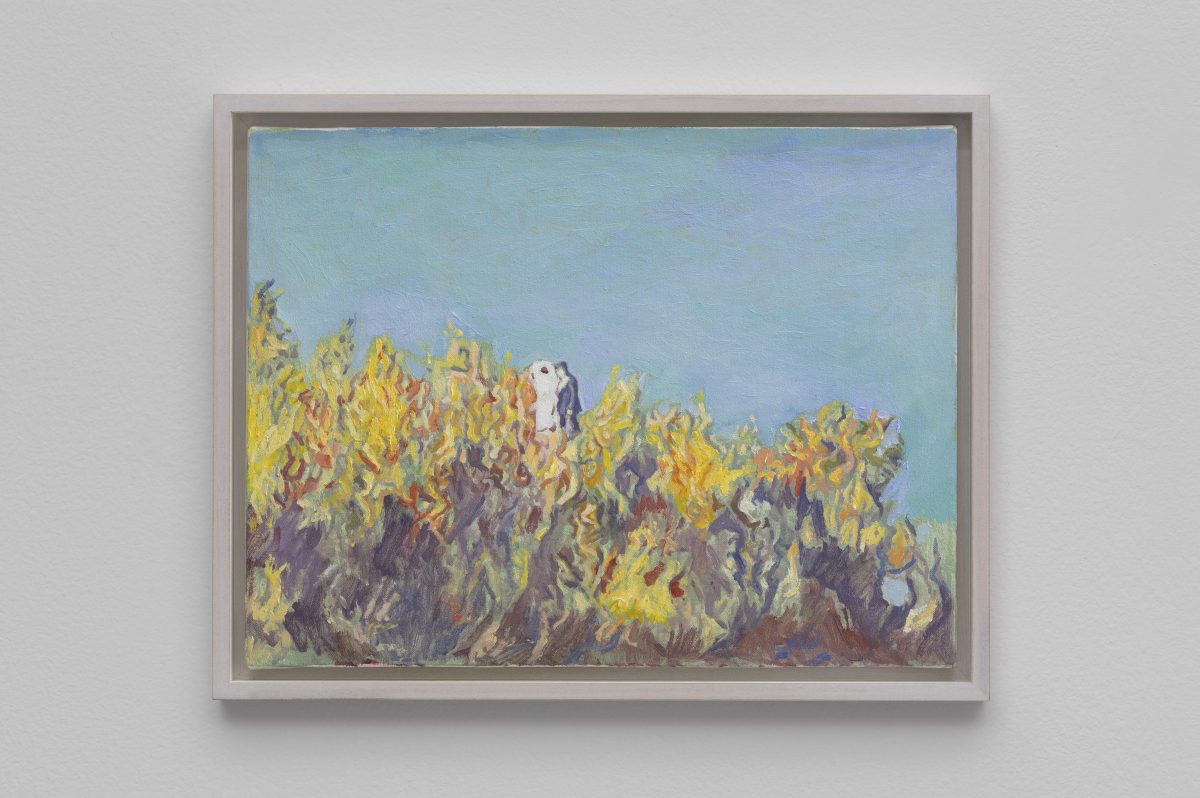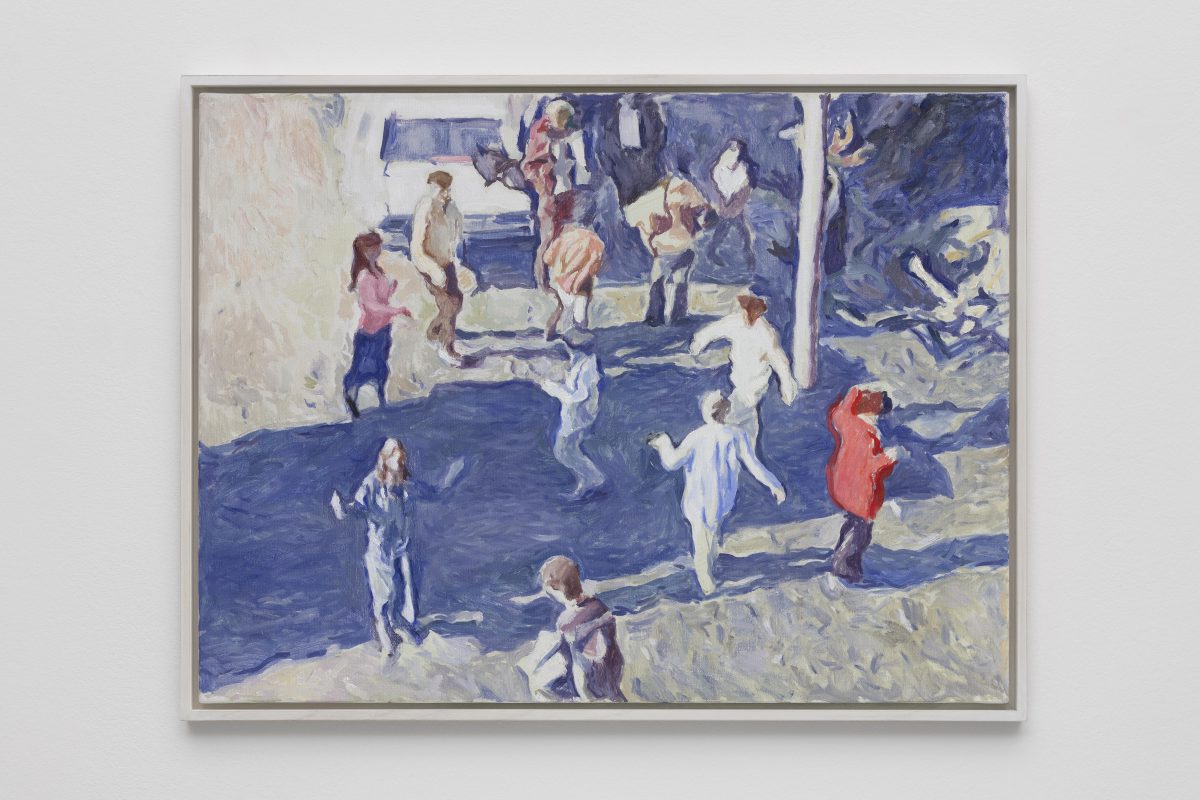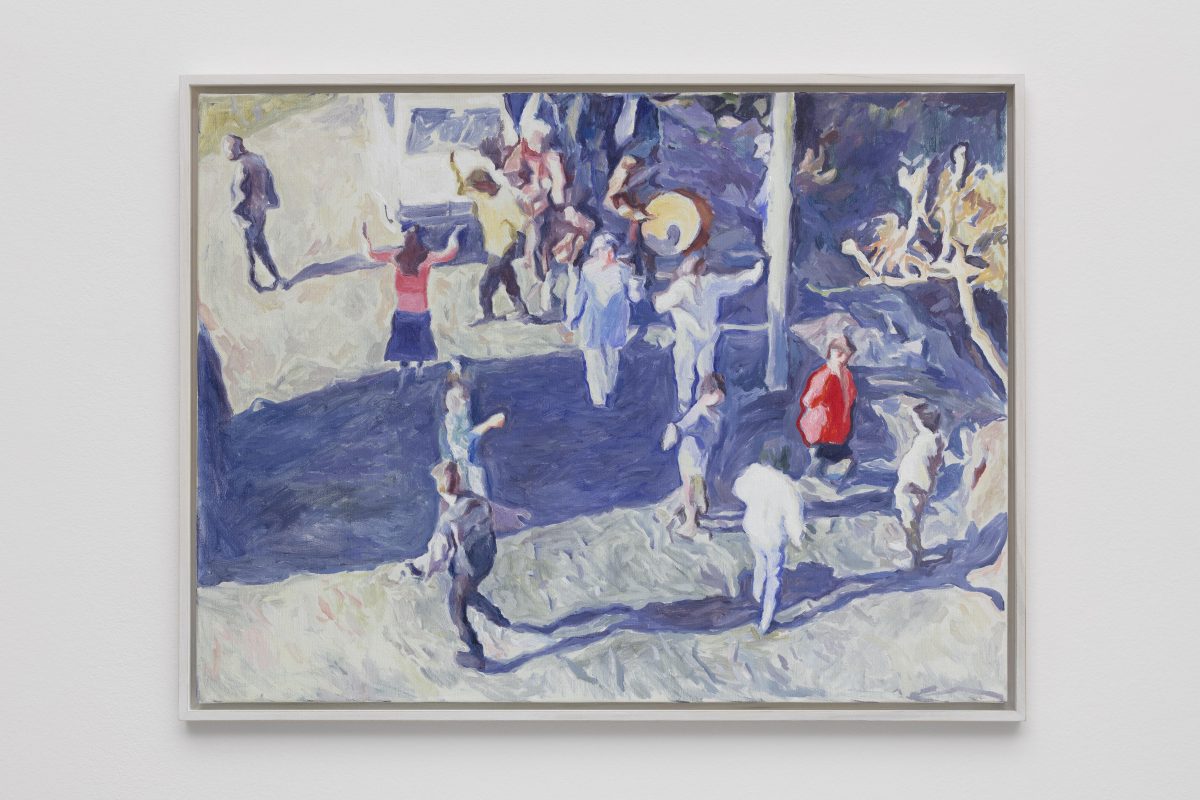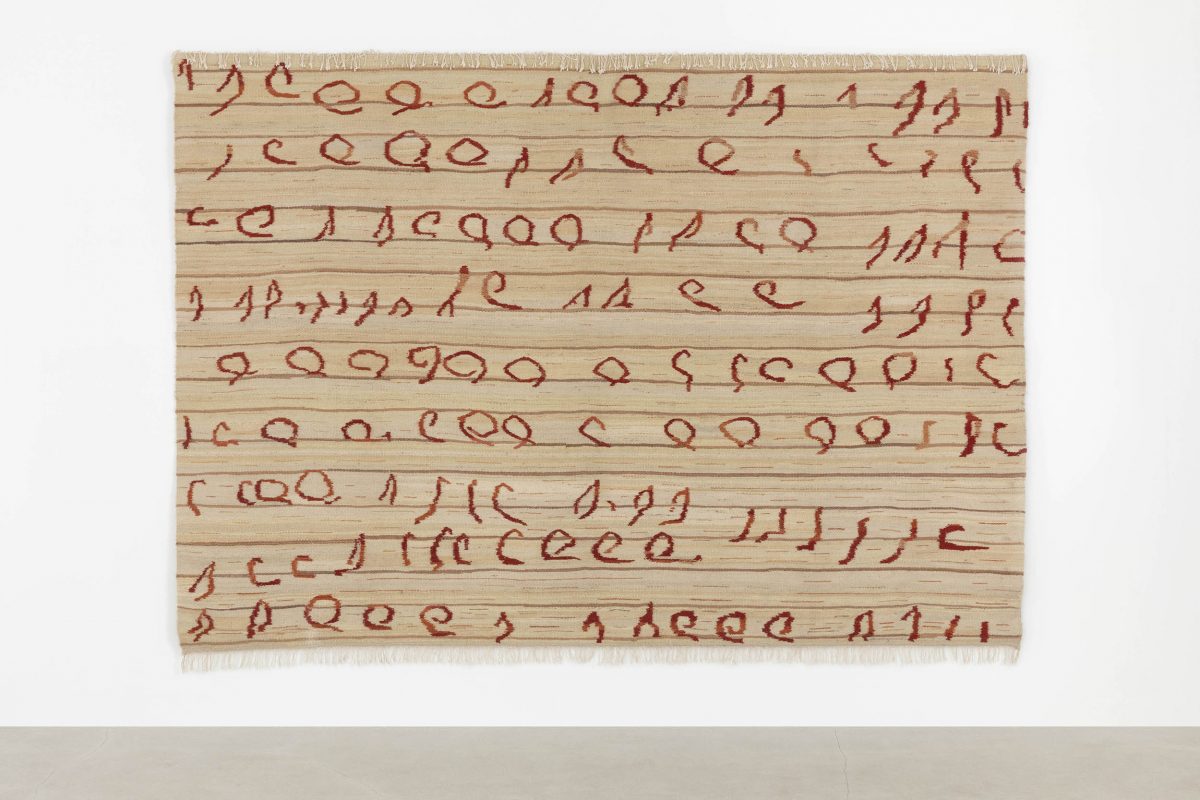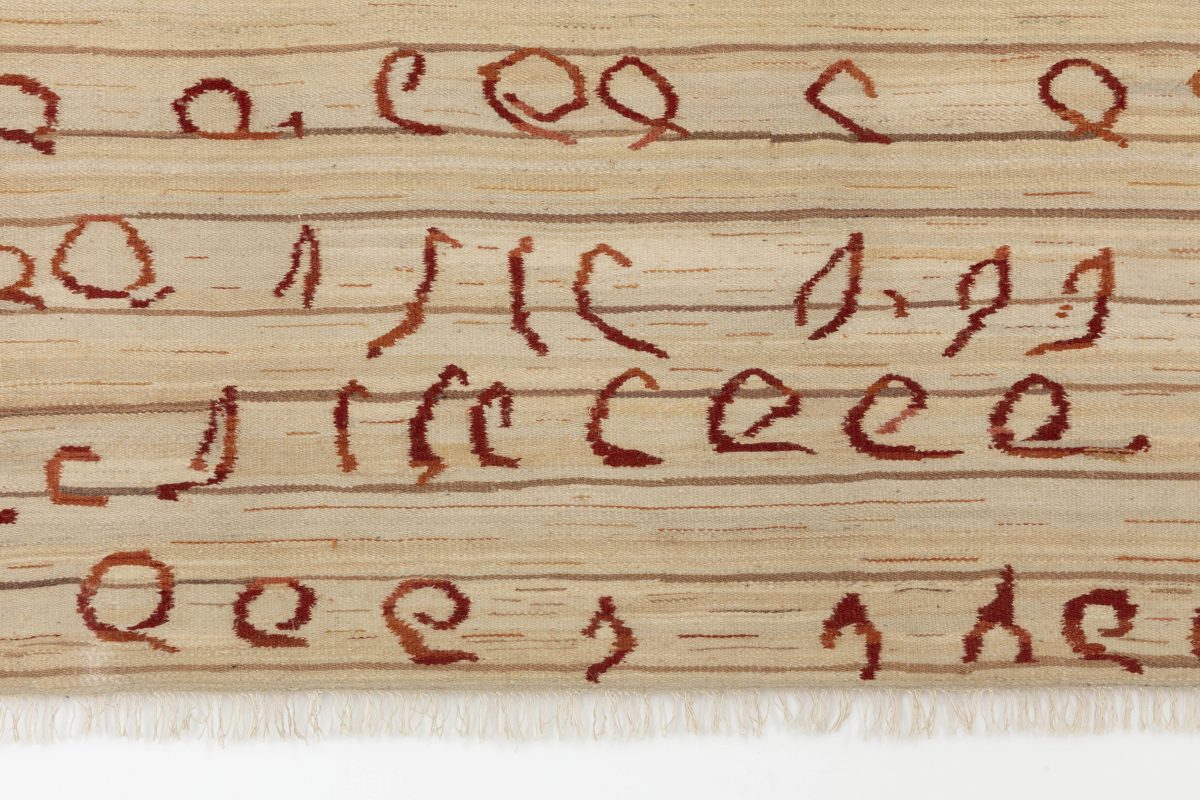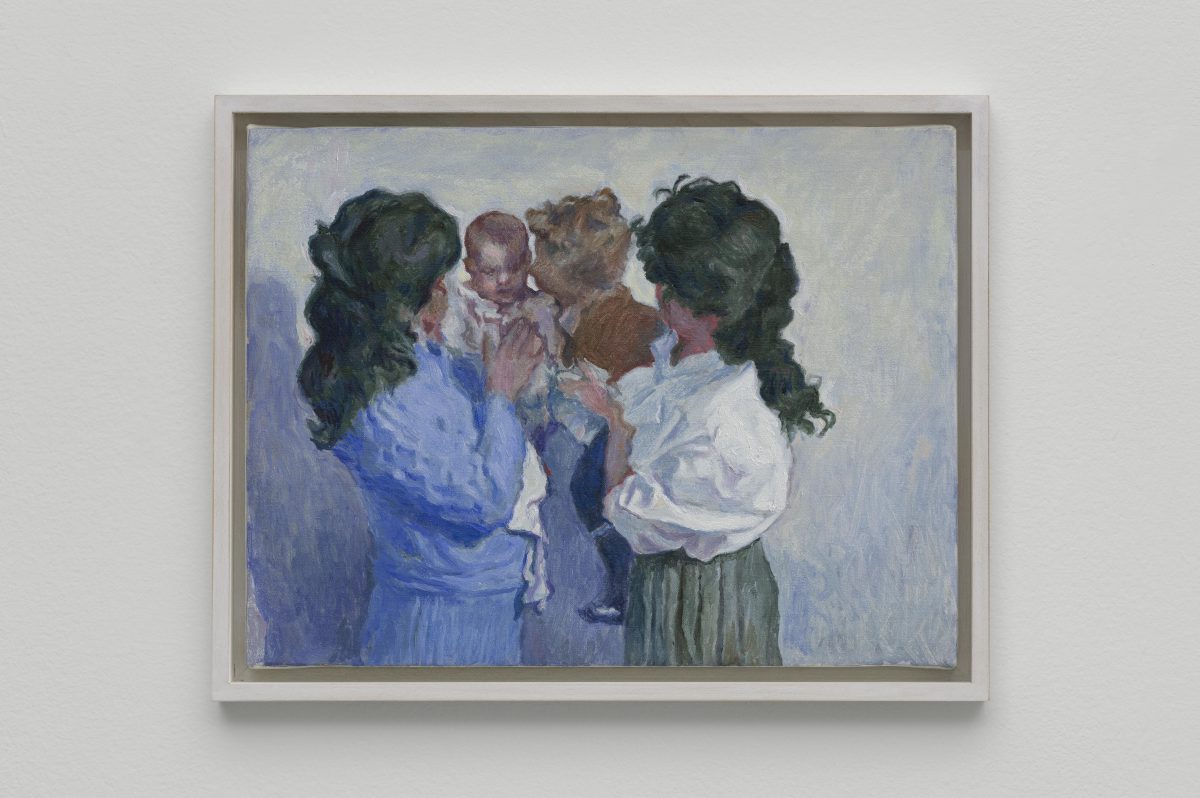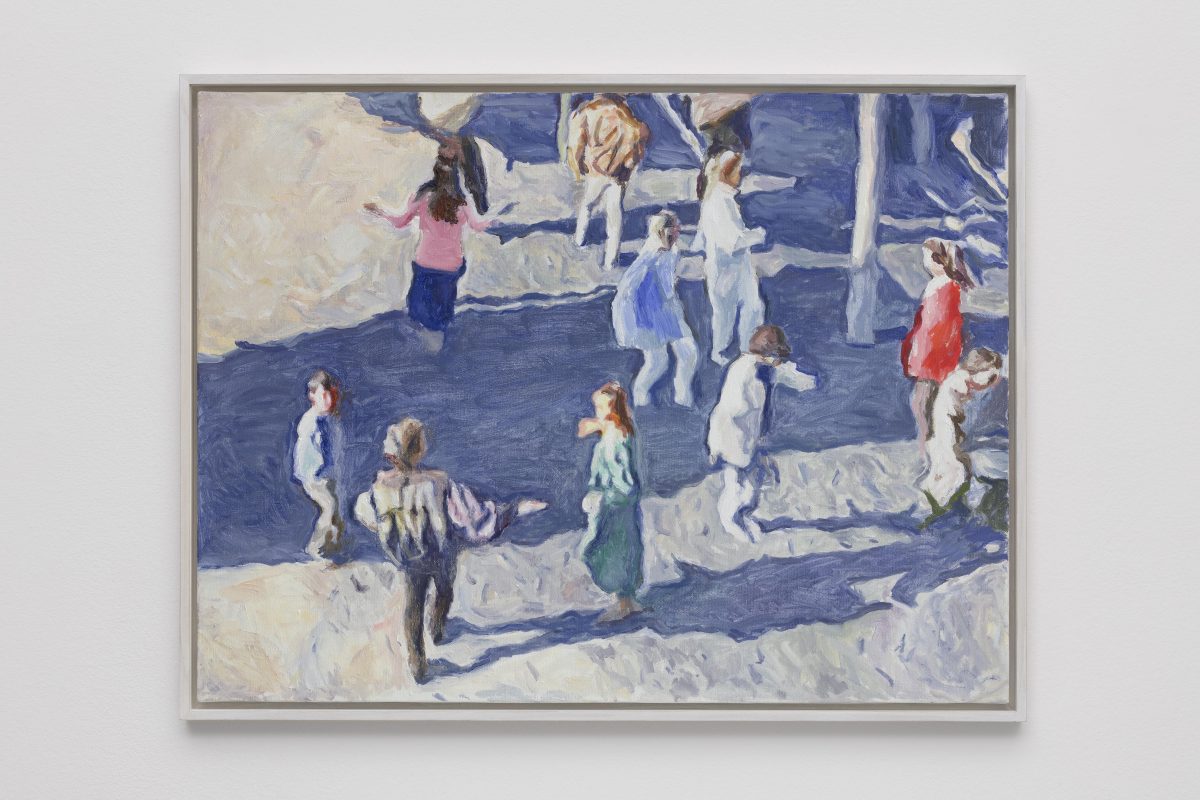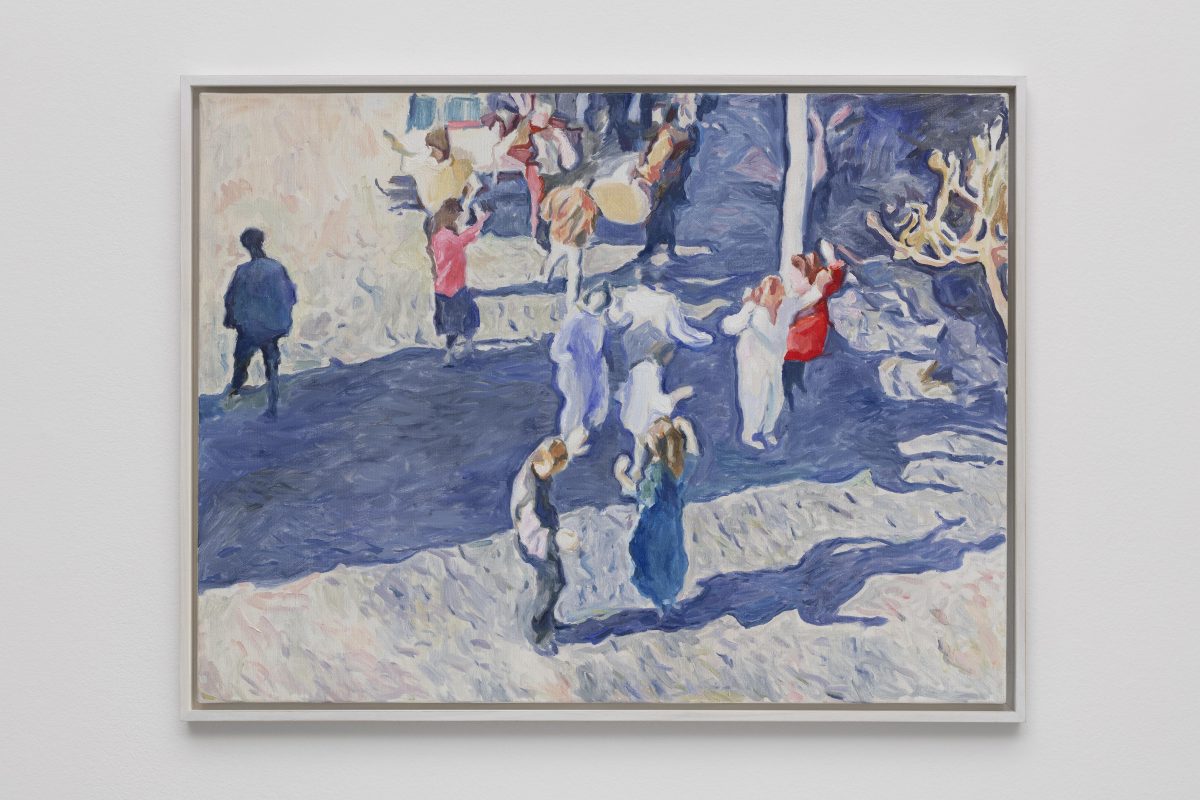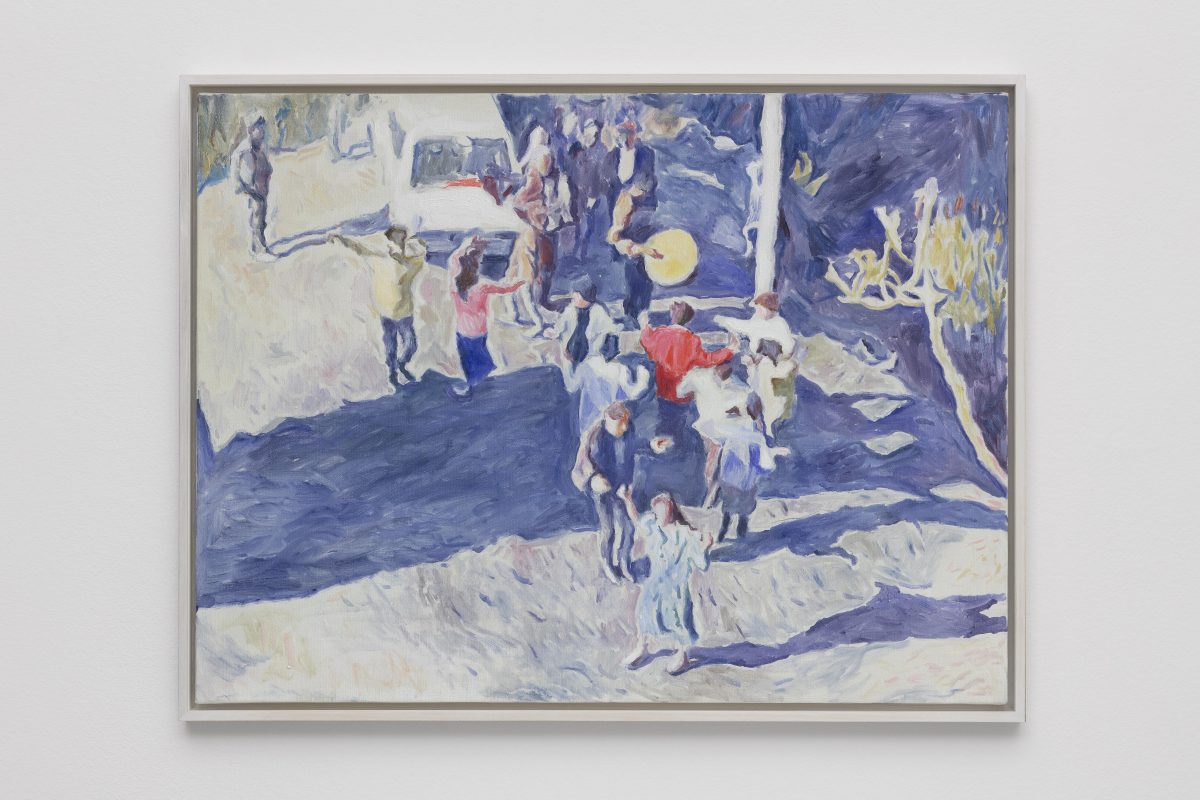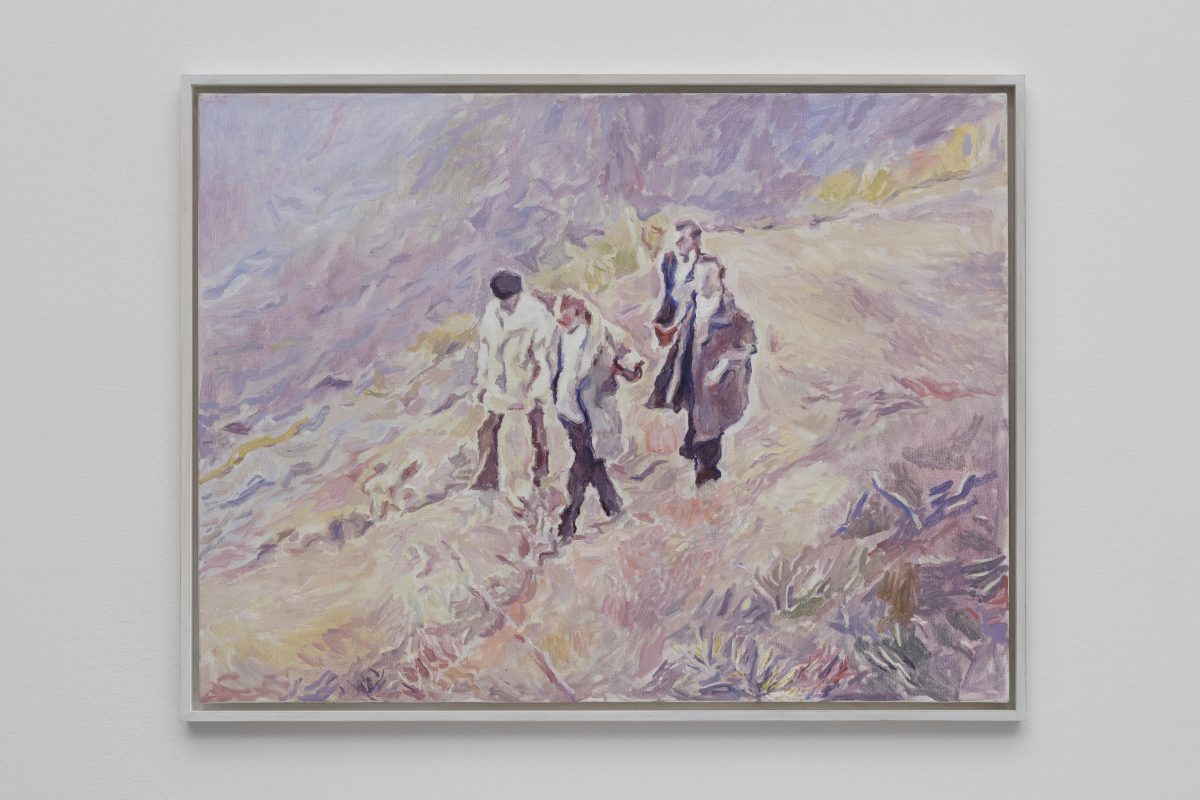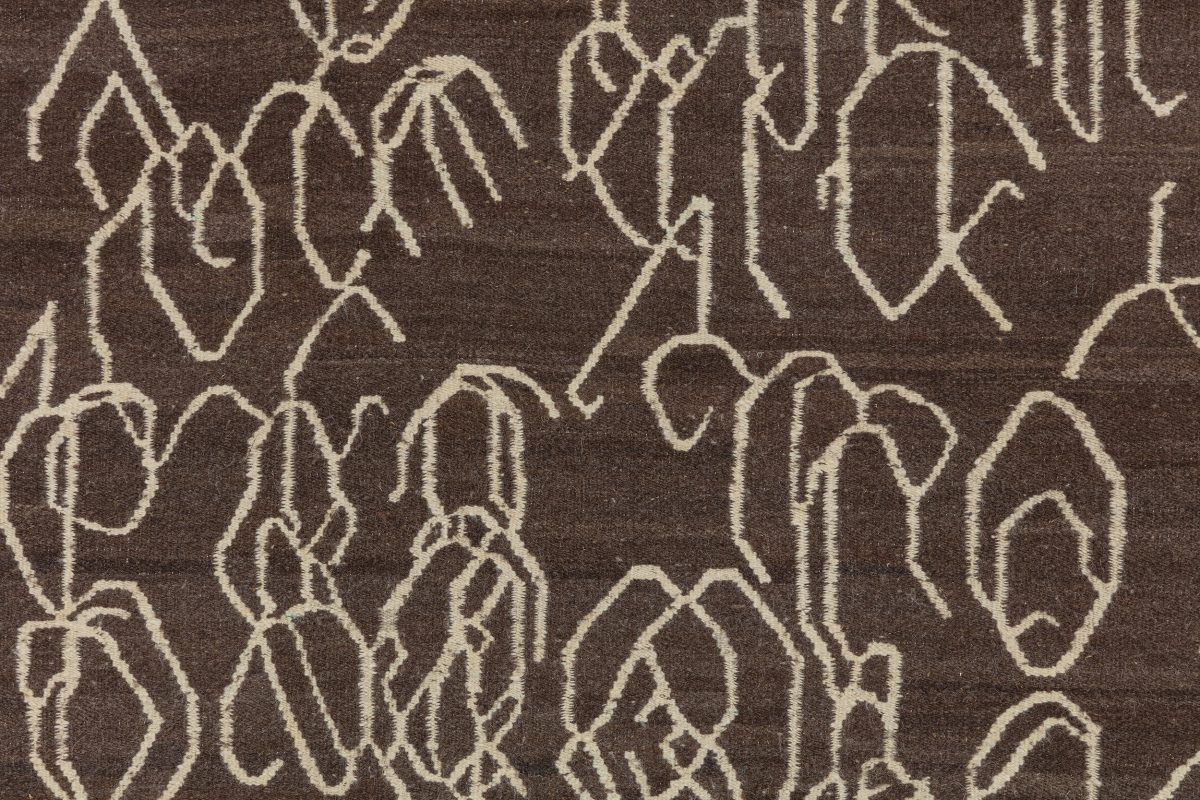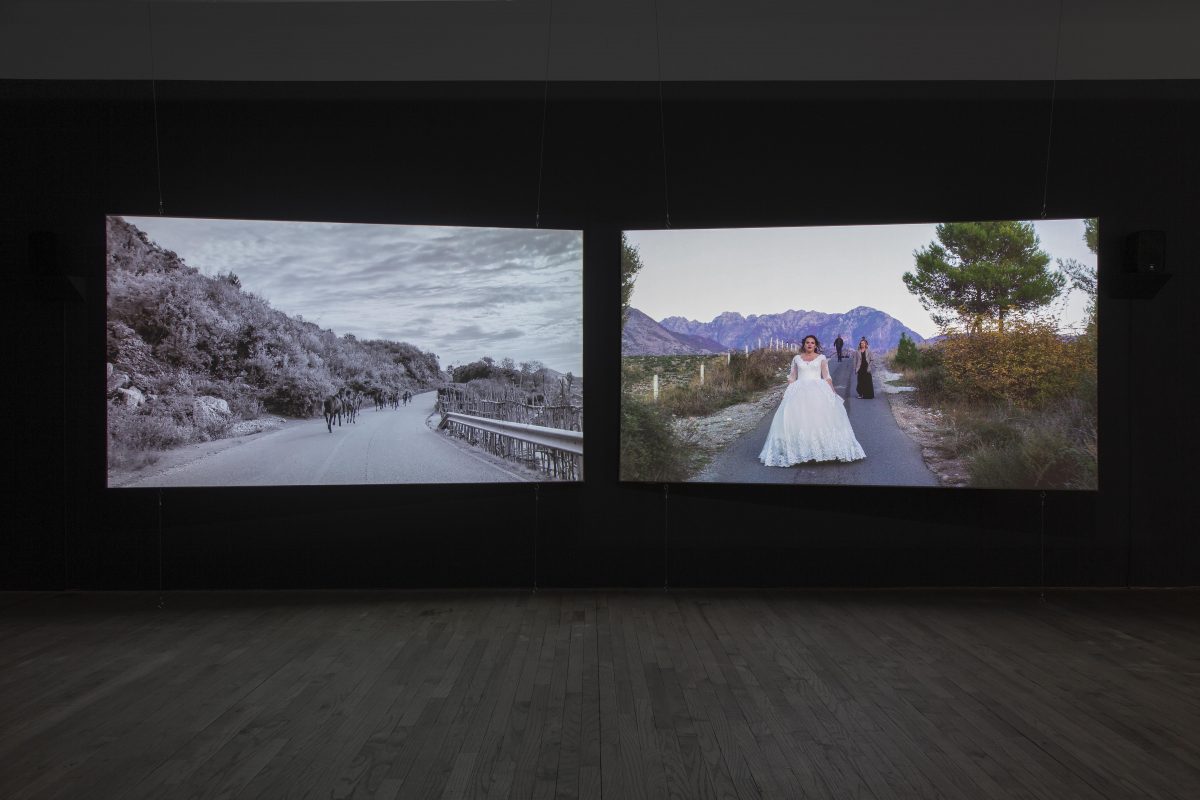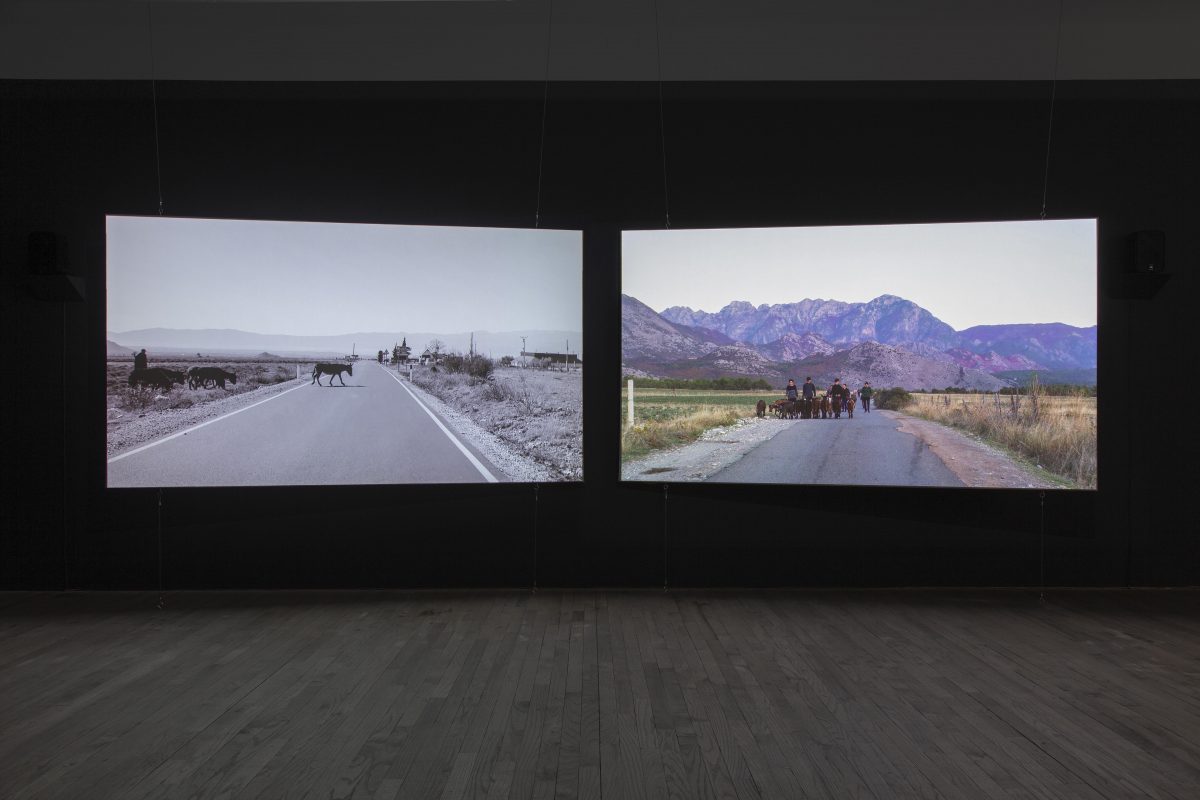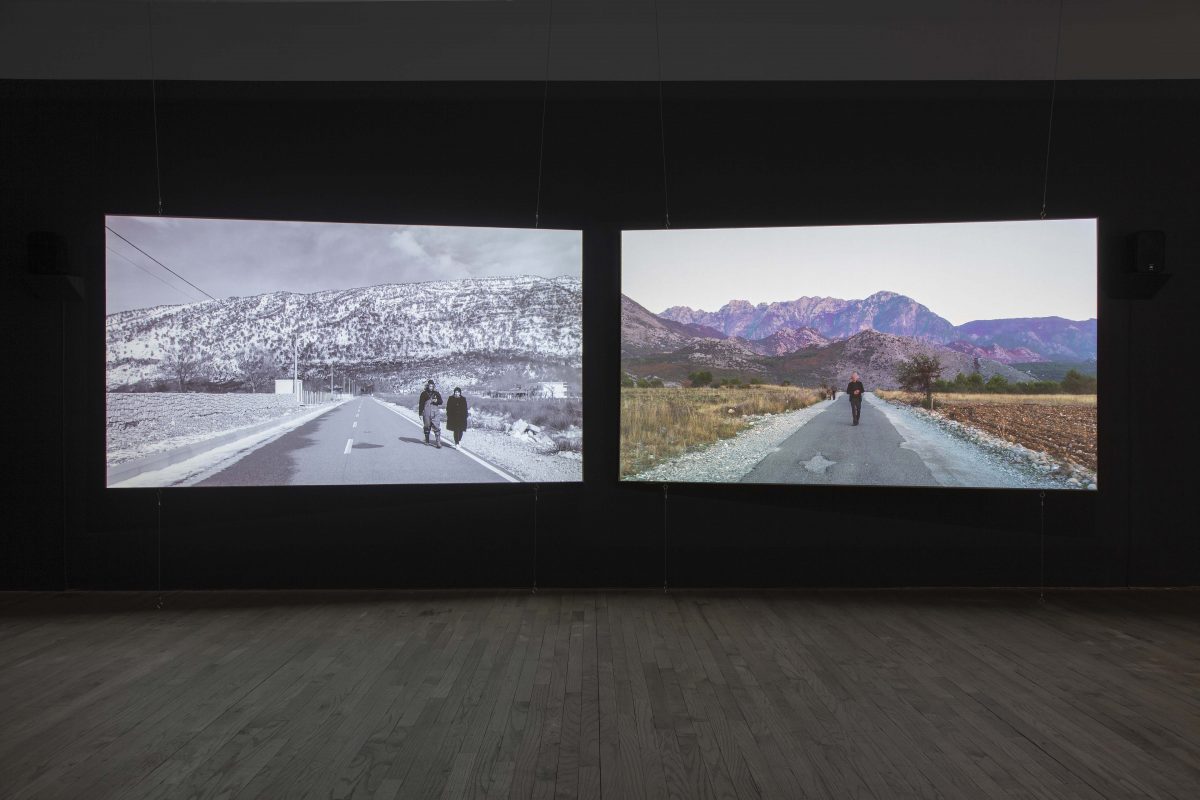
- This event has passed.
The space we inhabit, the time that absorbs us
Text by Alessandro Rabottini
Walking allows us to be in our bodies and in the world without being made busy by them
— Rebecca Solnit, Wanderlust: A History of Walking
Things and people, like meanings and words, move in time and space. Some of us have the good fortune of crossing a border for pleasure or to gain knowledge. But for many others, walking means painfully leaving something or someone behind. And while there are objects that survive for centuries unscathed and well conserved, others come down to us in a state of disrepair after a long journey. We can interpret the scratches that wear away the surface as signs of tenacity and durability, as happens with the wrinkles and scars that make the beauty of a face feel closer to us. For the countless relocations that bring with them a sense of philosophical and existential exploration, there are equally countless others that bear signs of sadly irreparable breaks, departures that will never correspond to any return.
Adrian Paci has been weaving together the stories of a vast humanity in transit for over twenty years, a humanity captured in those moments and passages in which it manages to carry something with it, while nonetheless leaving many things behind. From these stories that span the past of his native Albania and the present with its global conflicts, Paci preserves the episodes of a never-ending epic: a face plucked from a mass narrative, the sound of an unheeded voice, the instant of a recording whose bearings have been lost.
The Wanderers, in the fragmentary nature of an elusive narrative and the coexistence of different media, is an exhibition that embodies an impulse that lies at the heart of Paci’s artistic practice, a kind of empathy that involves the conservation of the fragment along with the pursuit of proximity. The deeper meaning of migration comes into play, not only by acting on bodies and within memories, but also in the life of images and meanings when they “migrate” from one medium to another.
The double video installation that gives the show its title takes us into a rural and contemporary Albania, with glimpses of various landscapes and the countryside surrounding the city of Shkodër, where Paci was born. He frequently returns to this city for the activities of Art House, a venue for art and interaction the artist opened in 2015 for the local community.
On the left, in limpid black and white, we see a snowy and almost deserted road. Human beings and animals sporadically appear, filmed in slow motion, and the setting changes depending on the weather conditions, ranging from dense fog to clear skies. On the right, the grain of the image – this time in color – becomes more textured and filmic, while the movement of figures along the road gets more intense and frequent, entering the frame of the shot only to leave it shortly thereafter. In what might seem like a secular procession lacking in symbols, the long tracking shot clearly implies a higher degree of staging with respect to the images on the left, which more spontaneously record different locations and moments from late 2020 and throughout 2021. The movement of the camera also suggests a sort of disjunction between the two screens: to the left, the lens follows the direction of the motion, moving forward, while on the right the camera retreats, allowing the figures walking down the road to briefly take possession of the field of vision, almost as if they were making an appearance on a stage.
There is something solemn, precious and surprisingly humane in the way Adrian Paci manages to make use of an image that might seem overused, almost hackneyed in its literary character, namely that of walking on a road as a metaphor of the human condition. The Wanderers takes us through the mountains in northern Albania and introduces us to those who live in their midst, transcending the particular conditions of the landscape and its community to offer us a glimpse, an experience of the fleeting, ineffable existence of each person, spectator or actor. We might almost wonder if it might be appropriate to respond in turn to the simplicity of Adrian Paci’s language, the almost humble quality of his gaze, with an equally simple gaze and an equally humble form of writing and interpretation. One wonders if it is necessary to add anything to the image of human and animal beings moving on a road, cyclically emerging from the landscape and vanishing from view.
The Wanderers is also the title of an oil painting included in the exhibition, because painting – alongside moving images – is a fundamental part of Paci’s practice. A profound and productive exchange exists between these two fields of expression, painting and the technologies of shooting: whereas Paci’s paintings use still images taken from VHS tapes, television programs and cinema as sources of imagery, his video and film works often have a rather painterly quality, opting for a certain temporal suspension with respect to the timing of linear narration. Furthermore, while in his videos and films Paci is often able to separate individual faces and stories from the indefinite flow of history and the masses, rescuing their uniqueness, in painting he seems to move in the opposite direction, dissolving the particular physiognomic features of one or more faces in the chromatic mixture, pushing the specificity of a single given story back into the flow of time.
The title itself is assigned in this case to an image that shares a geographical region of origin – Albania – with the setting of the video installation of the same name, but embodies another time, another story. Again we see figures walking, in what looks like a grassy meadow, yet the painting is based on a still from a home movie, showing a wedding that took place almost 30 years ago. Likewise, the images in the five canvases of the Dancers series come from a VHS tape connected with a private celebration, and seem to immortalize people dancing together. The act of dancing in a group, once each of the five film stills has been isolated and transposed into painting, shifts into something ambiguous, almost a form of collective, disoriented ambulation.
The whole exhibition could be interpreted as a meditation on how bodies move in space before being absorbed by time, and how the movements of each person in this space that is the world form unwitting orbits of temporary attraction and inevitable distancing.
The exhibition is completed by three untitled textile works that apparently function as an abstract counterpart to the presences and images we have come across thus far. The suspicion might arise that we are looking at a secret language: signs appear on one of these rugs that might be a binary code, while in the other two the signs seem to be more arbitrary, though they still organize the space in an equally sequential manner. Woven on hand looms, these carpets have been produced by a group of women who have settled in Shkodër after an internal migration from the mountains of northern Albania in the 1990s, forming a small crafts community that works with wool and other materials. Adrian Paci asked them to weave the rugs on the basis of drawings he supplied to them, in which he retraced several pages of a notebook he was given by a man with Asperger syndrome. The dense signs that fill those pages, and in which they move, usually take the place of verbal communication, while here they become a space of transition: an individual language that goes beyond everyday conventions of communication and becomes articulate in and through the body. The signs are transferred to another surface by the hands of those who preserve skills of craftsmanship passed down over time. In the material space of the weave an equally material intertwining of signs takes place, which pass through multiple hands and form a similarly tactile koine: the hands that have produced this individual way of writing, the hands that have copied this writing in the form of a design, and finally the hands that have interpreted that design, weaving it on a loom.
Ultimately, The Wanderers is an exhibition that outlines landscapes, be they mountain vistas or inner landscapes. An exhibition that is both cartography and choreography, a space of sedimentation crossed by the movement of stories and bodies, a space marked by the trajectories of images and materials in transit, in search of a surface to inhabit.
Does the road wind up-hill all the way? Yes, to the very end.
Will the day’s journey take the whole long day? From morn to night, my friend.
— Up-Hill, Christina Rosetti
Lo spazio che abitiamo, il tempo che ci assorbe
Testo di Alessandro Rabottini
“Camminare ci permette di essere nel nostro corpo e nel mondo senza esserne sopraffatti”
Rebecca Solnit, Storia del camminare
Le cose e le persone, come i significati e le parole, si muovono nel tempo e nello spazio. Alcuni di noi hanno la fortuna di attraversare un confine per piacere o per conoscenza, per tanti altri camminare vuol dire lasciarsi qualcosa e qualcuno dolorosamente alle spalle. E se ci sono oggetti che attraversano i secoli indenni e protetti, altri arrivano a noi scheggiati dopo lunghi viaggi. Le scalfitture che ne indeboliscono la superficie possiamo leggerle come segni di persistenza e durevolezza, come accade con le rughe e le ferite che ci fanno sentire più vicina la grazia di un volto. Per tanti spostamenti che portano con sé il senso di un’esplorazione filosofica ed esistenziale, esistono però altrettante fratture purtroppo irreparabili e abbandoni cui non fa seguito alcun ritorno.
Da oltre vent’anni, Adrian Paci è intento tessere tra loro le storie di una vasta umanità in transito, un’umanità colta in quei momenti e in quei passaggi in cui riesce nell’impresa di portare qualcosa con sé pur essendosi lasciata molto indietro. Di queste storie – che attraversano tanto il passato della sua Albania quanto il presente dei conflitti globali – Paci preserva i brani di un’epica mai compiuta: un volto sottratto alla narrativa della massa, il suono di una voce inascoltata, l’istante di una registrazione di cui si sono perse le coordinate.
The Wanderers è una mostra che, nella frammentarietà di una narrazione elusiva e nella compresenza di media differenti, manifesta un impulso che riposa al cuore della pratica artistica di Paci, un impulso empatico che contempla la conservazione del frammento accanto alla ricerca della prossimità, e che esplora il senso profondo della migrazione non soltanto nel suo agire sui corpi e all’interno delle memorie ma anche nella vita delle immagini e dei i significati quando essi transitano da un supporto a un altro.
La doppia video-installazione che da il titolo alla mostra ci conduce in un’Albania rurale e contemporanea, in scorci di paesaggi differenti e nelle campagne che circondano la città di Scutari, dove Paci è nato e alla quale fa frequente ritorno per le attività di Art House, un luogo di arte e di incontro che l’artista ha aperto nel 2015 per la comunità locale.
A sinistra, in un nitido bianco e nero, una strada innevata e pressoché deserta si apre davanti a noi. Occasionalmente, compaiono uomini e animali ripresi al rallentatore, mentre lo scenario muta insieme alle condizioni climatiche, che passano da una fitta nebbia a un cielo rischiarato. A destra, la grana dell’immagine, stavolta a colori, si fa più pastosa e cinematografica, mentre lo scorrere lungo la strada delle figure che entrano nell’inquadratura per uscirne poco dopo appare più fitto e frequente. In quella che potrebbe apparire come una processione laica, priva di simboli e ripresa in un unico campo sequenza, è evidente un maggiore grado di messa in scena, rispetto alle immagini che scorrono sulla proiezione a sinistra e che registrano in maniera più spontanea momenti e luoghi differenti tra la fine del 2020 e lungo il corso del 2021. Anche il movimento della camera suggerisce una sorta di disgiunzione tra le due proiezioni: se in quella a sinistra l’obiettivo asseconda il senso di marcia e procede in avanti, in quella a destra esso si ritrae, lasciando che le figure che percorrono la strada prendano brevemente possesso del campo di visione quasi fosse un palcoscenico su cui affacciarsi.
C’è qualcosa di solenne, di prezioso e di sorprendentemente umano nel modo in cui Adrian Paci riesce a fare uso di un’immagine che può sembrare abusata, quasi logora nella sua letterarietà, ovvero quella del cammino come metafora della condizione umana. The Wanderers ci accompagna tra le montagne del nord dell’Albania e ci introduce a chi accanto a quelle montagne vive trascendendo le condizioni particolari tanto del paesaggio quanto della sua comunità, offrendoci così un barlume, l’esperienza di quanto fugace e ineffabile sia l’esistenza di ciascuno, sia esso spettatore o comparsa. Ci si può quasi chiedere se non potrebbe essere un bel gesto ripagare la semplicità del linguaggio di Adrian Paci, la qualità quasi umile del suo sguardo, con uno sguardo altrettanto semplice e con una altrettanto umile forma di scrittura e di interpretazione, come a chiedersi se sia necessario aggiungere qualcosa all’immagine di essere umani e esseri animali che percorrono una strada, emergendo dal paesaggio e scomparendo davanti ai nostri occhi, in loop.
The Wanderers è anche il titolo di un dipinto ad olio presente in mostra, essendo la pittura, accanto alle immagini in movimento, un elemento fondante della pratica artistica di Paci. Tra i due campi espressivi – quello della pittura e quello delle tecnologie di ripresa – esiste uno scambio profondo e produttivo: se, infatti, i dipinti di Paci usano come fonti iconografiche fermo-immagini prelevate da VHS e da filmati televisivi o cinematografici, di contro le sue opere video e filmiche possiedono spesso una qualche qualità pittorica e favoriscono una certa sospensione temporale rispetto ai tempi della narrazione lineare. Inoltre, se spesso nei suoi video e nei suoi film Adrian Paci riesce nell’impresa di sottrarre i volti e le storie individuali al flusso indistinto delle masse e della Storia, restituendo loro unicità, nella pittura egli sembra intraprendere un percorso in senso contrario, dissolvendo i tratti fisiognomici particolari di uno o più volti nella pasta cromatica, allontanando nel tempo la specificità di una data storia individuale.
Lo stesso titolo The Wanderers è qui attribuito a un’immagine che pur condividendo con il soggetto dell’omonima video-installazione il luogo geografico di provenienza, ovvero l’Albania, racchiude in sé un altro tempo e un’altra storia. Vediamo ugualmente figure camminare in quello che appare come un campo erboso, però il dipinto è tratto da un fermo immagine di una ripresa amatoriale, quella di un matrimonio di quasi trent’anni fa. In modo analogo, le immagini nelle cinque tele della serie Dancers provengono da un VHS legato a una celebrazione privata e sembrano immortalare persone che ballano insieme. L’atto del danzare in gruppo, una volta che ciascuno dei cinque istanti filmici è stato isolato e trasposto in pittura, è trasformato in qualcosa di ambiguo, quasi una forma di deambulazione collettiva e disorientata. L’intera mostra potrebbe essere letta come una meditazione su come corpi si muovono nello spazio in attesa di essere assorbiti dal tempo, e su come i movimenti di ciascuno in questo spazio che è il mondo disegnino orbite inconsapevoli di temporanea attrazione e di inesorabile allontanamento.
Tre opere tessili senza titolo completano la mostra e funzionano all’apparenza come un contraltare astratto alle presenze e alle immagini che abbiamo finora incontrato. Si può avere il sospetto di trovarsi davanti a un linguaggio segreto: in uno di questi tappeti compaiono i segni di quello che potrebbe essere un codice binario, mentre negli altri due i segni, pur scandendo lo spazio in maniera ugualmente sequenziale, appaiono più arbitrari. Intrecciati su telai manuali, questi tappeti sono l’opera di un gruppo di donne che, a seguito di una migrazione interna che ha interessato il nord dell’Albania negli Novanta, si sono stabilite a Scutari dalle montagne in cui erano nate, costituendo una piccola comunità artigiana che lavora la lana insieme con altri materiali. A loro, Adrian Paci ha chiesto di tessere i tappeti sulla base di disegni da lui forniti, e nei quali ha ricalcato alcune pagine di un’agenda offertagli da un uomo con sindrome di Asperger. I fitti segni che riempiono quelle pagine e che in quelle pagine si muovono, il più delle volte in luogo della comunicazione verbale, sono diventati a loro volta uno spazio di transizione: un linguaggio individuale, che esorbita dalle convenzioni della comunicazione condivisa e che si articola nel corpo e attraverso il corpo, e i cui segni sono traslati in un altro supporto dalle mani di chi detiene una competenza artigianale tramandata nel tempo. Nello spazio materiale della tessitura avviene un intreccio altrettanto materiale di segni che passano attraverso più mani e che formano una koinè alquanto tattile: le mani che hanno composto questa scrittura individuale, le mani che hanno copiato in forma di disegno questa scrittura, e infine le mani che quel disegno hanno intrecciato al telaio.
In ultima analisi, The Wanderers è una mostra che delinea paesaggi, siano essi paesaggi montuosi o paesaggi interiori. Una mostra che è insieme una cartografia e una coreografia, uno spazio di sedimentazione attraversato dal movimento delle storie e dei corpi, uno spazio segnato dalle traiettorie di immagini e materie in transito, alla ricerca di un supporto da abitare.
Does the road wind up-hill all the way? Yes, to the very end.
Will the day’s journey take the whole long day? From morn to night, my friend.
— Up-Hill, Christina Rosetti

